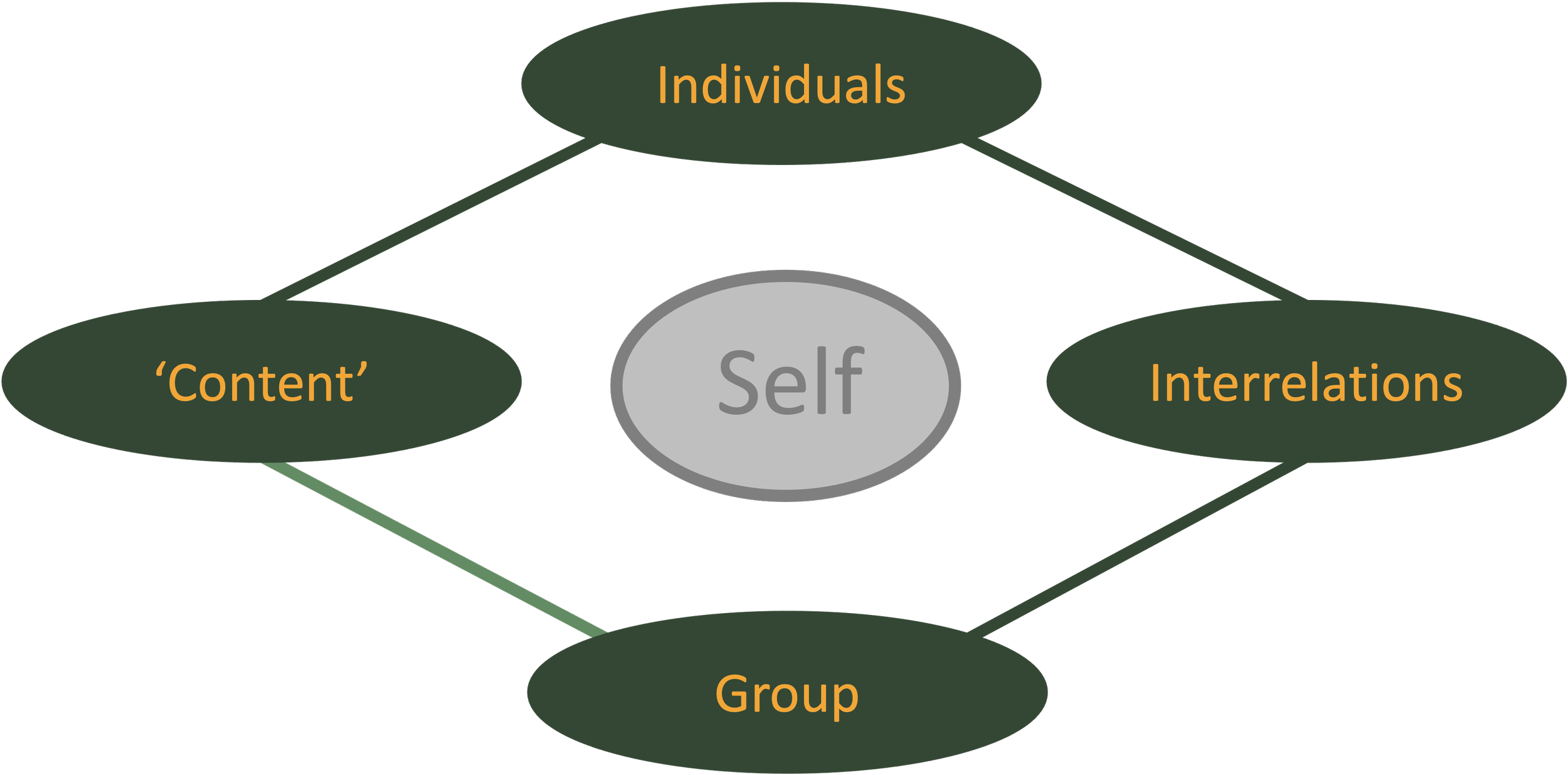
What is Vertical Facilitation?
Many of us work to facilitate learning environments for groups and teams. This can be in the guise of training programs or team interventions. In either case, what many of us seek to provide are learning experiences that are not merely informative but also transformative.
The reason transformative learning is so important is that, in today’s VUCA world, it is not just what we know and what we think that is important. It is also how we know and how we think. In today’s VUCA world, we need to be able to develop our capacity for a greater complexity of mind. And not just the cognitive, thinking, mind, but the emotional and somatic mind.
We need to learn to be in the face of the confusion, uncertainty, ambiguity, and rapid change that is the defining quality of life in a post-modern 21st century world. We need to have the capacity to act effectively, and with alignment with intention and purpose.
This is the domain of human performance in which we need transformative learning at least as much as we need informative learning.
Vertical Facilitation is a manner of leaderfully interacting with others, usually over the course of time, in ways that deliberately catalyze transformative—or what we call ‘vertical’--learning.
What is Vertical Learning? Excerpt from a Webcast with Ula Ojiaku.
What is Vertical Learning?
In this brief video, Lyssa Adkins and I answer the question "‘What is Vertical Learning?’ and talk about why such a learning is so important in today’s VUCA world.
The Two-fold Premise of Vertical Facilitation
The art and practice of Vertical Facilitation is founded on a two-fold premise.
First, the most important tool for facilitating transformative learning environments is your Self. Your ability to hold space, stay present, be alert to and manage your own reactive patterns, and bring spacious attention to your surroundings, all while projecting your authentic Self—all of these are key to the art of vertical facilitation.
Second, the premise is that human systems are not static—they have the potential to evolve toward ever-greater complexity, nuance, and capability. That both individuals and groups are designed to grow and develop. And, that there exist well-researched and solidly grounded distinctions, practices, and personal stances for attuning to, and leveraging the developmental capacity that is inherent in those systems.
The Vertical Facilitator: Catalyzing Transformative Learning in Teams and Groups is a program of study, culminating in a 7-week Deep Dive that will leave you with a new-found mastery in the art and practice of designing and leading moments of deep transformative change for any variety of group learning modalities and situations.
Vertical Facilitation is both a Methodology and a Discipline.
As Methodology and a Discipline, Vertical Facilitation activates two essential areas of competence and practice:
DESIGN: The design part understands vertical facilitation as the design of a deliberately developmental environment synchronously oriented around four essential meta-design elements
Heat Experiences. Posing reflective & situational challenges that reorient inner sensemaking categories.
Stretch Practices. Personal, collective, and conversational practices that psycho-activate developmental growth.
Social Container. A social environment that encourages developmentally significant actions and moves, through a combination of challenge, support and shared commitment.
Bigger Game. Creating and operating from a commitment—both individually and collectively held—to both extraordinary performance, and to the developmental path which makes such performance possible.
FACILITATION: The facilitation part pertains to the real-time, present-in-the-moment goings-on which define the activity and spacious managing of group energy, interactions, and sensemaking (both individual and collective).
We sometimes think of this aspect of vertical facilitation as a kind of dashboard consisting of five dynamics we are necessarily paying attention to at each and every moment:
Individuals. Paying attention to what’s happening with individuals, particularly in terms of the meaning-making structure that animates their speaking and action, and how I might dance with that in ways that bring developmental possibility to the foreground.
Interrelations. Paying attention to the manner of interactions between myself and others, and among and between others. What manner of individual and collective sensemaking is evidenced? What styles and patterns of interrelational and conversational stuckness and strength is there? What new skills and practices might best be introduced here & now?
Group. What are the group dynamics like? What is the “feeling” of this group? The energy? The field? How might I (a) reflect what I’m sensing back to the group and (b) help the group tune those dynamics and that energy toward greater wholeness and collaborative possibility?
‘Content’. Paying attention to, and managing the delivery of whatever it is that constitutes the ‘content’ for this occasion, event, or intervention. How is it communicating and is it? What is the manner of shift a given content might bring at any given moment?
Self. At the heart of it is Self. What is triggering me as facilitator? Am I falling into unhelpful patterns and psychological strategies? What beliefs, assumptions, and compensatory psychological strategies am I engaging in? Am I present, attentive? Can I own whatever it is that going on? Can I leverage what is going on for the sake of the development of this group, these individuals?
Join us for our free (for a limited time!) introductory course! Next one starts January 13th, 2025.
But since it’s primarily a ‘drip’ course (with one live session, however), you can join any time!
Watch an Introductory Video
In this video, Michael Hamman and Lyssa Adkins walkthrough the two main areas of competence and practice: Design and Facilitation.
In this video, who can get a sense of the engaging style which Michael & Lyssa bring to this work.
You will also come away from the video with a clear understanding of what vertical facilitation is, and a powerful sense of the manner of leaderful engagement it calls for.
An Introduction to the Art and Practice of Vertical Facilitation
In this white paper, we introduce key ideas and distinctions related to the growing of such inner capabilities, which we call Vertical Facilitation.
First, we want to speak to what we mean by “inner growth”, making a differentiation between vertical and horizontal growth, or learning.
Then, we dive into the unique qualities that characterize what vertical learning is, and, in particular, the necessarily transformative quality which such a manner of learning entails. It is our assertion if we are to grow our capacity for inner agility, we will need to get better at catalyzing vertical learning.
Finally, we provide a brief overview of one possible methodology for vertical facilitation and how might represent and model that methodology.




